Endangered dolphins
Discovering Cambodia's Kratié province, where the Mekong River reveals its wonders. Spotting rare Irrawaddy dolphins, paddle through flooded forests, and enjoy local meals. Enjoying the laid-back charm of provincial living.
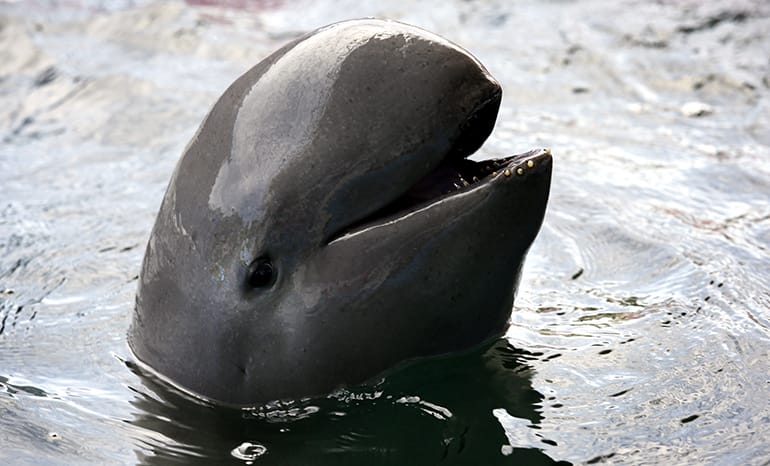
I've been almost a year in total in Cambodia now, and I've seen a lot of the South and West of the country. It is time to discover the East as well!
Discovering Kratié
Kiki and I went to Kratié, a bigger city in an eastern province of Cambodia, situated at the banks of the Mekong River. This small city and adjacent island offer an understated look at provincial life in Cambodia, plus the rare opportunity to spot endangered Irrawaddy (or Mekon River) dolphins.
We left Siem Reap in the morning in a minivan and drove for more than six hours before arriving in Kratié. My first impression was that the city was so small in comparison with Siem Reap! There were almost no tourists and just a handful of hotels and hostels. A minimum of shops, markets, restaurants, bars, or even tuk-tuks. When we arrived, we dropped our stuff in our hotel room and headed out to explore a bit of Kratié's city center.
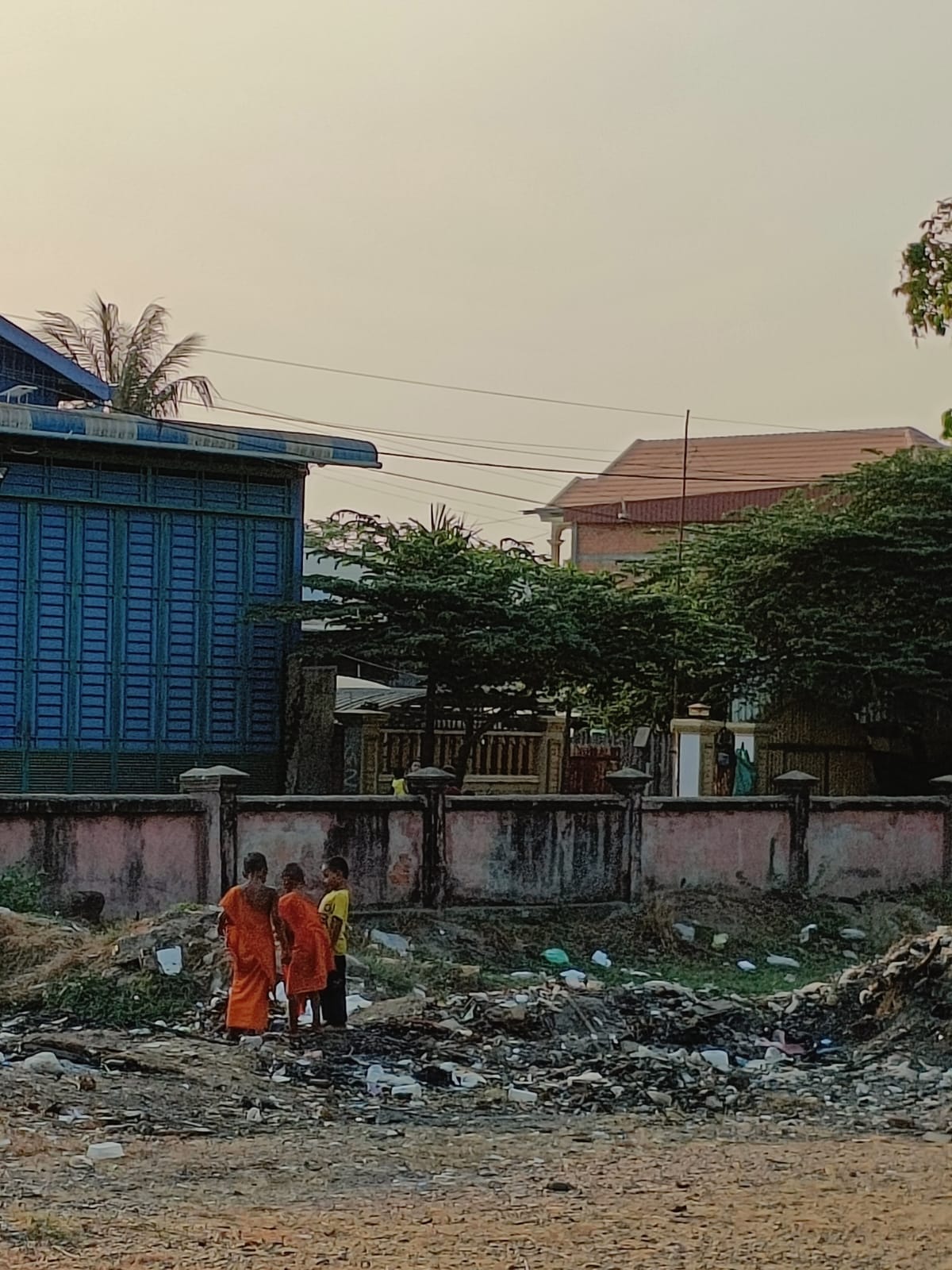
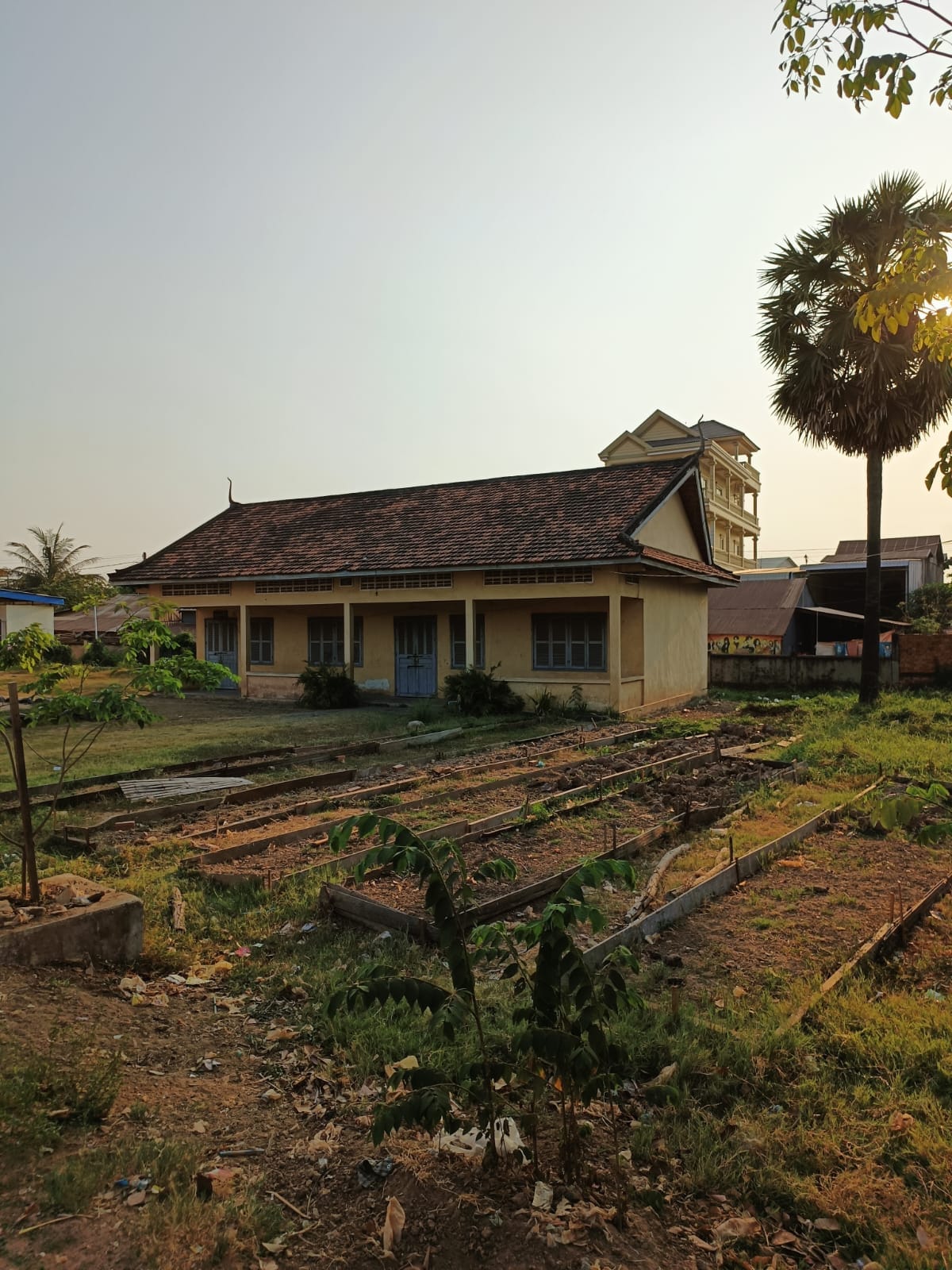

The Mekong River
First of all, the Mekong River is huge! It's the third longest river in Asia with a length of 4,909 km. The river starts in the Tibetan Plateau, runs through Southwest China, Myanmar, Laos, Thailand, Cambodia, and southern Vietnam.
The river produces a rare natural effect in Cambodia, at Phnom Penh the river is joined on the right bank by the river and lake system the Tonlé Sap. When the Mekong is low, the water flows from the lake and river into the Mekong. When the Mekong floods, the flow reverses: the floodwaters of the Mekong flow up the Tonle Sap.
The Mekong basin is one of the richest areas of biodiversity in the world. Only the Amazon boasts a higher level of bio-diversity. New species are regularly found in the Mekong. In 2009, 145 species previously unknown to science were described from the region, including 29 fish species, two bird species, 10 reptiles, five mammals, 96 plants, and six amphibians.
There wasn't too much to explore and the heat in Kratié is even more taunting than the heat in Siem Reap, which we are quite accustomed to already. So after merely two hours of discovering the city, we had seen most of what there was to see and stopped to drink a refreshment in a little restaurant. Little did we know that this 'little restaurant' had the highest score in Kratié on Google Maps, and was the place where we would have dinner for the rest of our stay here!
Mekong adventures
The following day, we went kayaking with a guide and another (older) couple. They were staying one month in Cambodia, Chris the man, had just retired and had his birthday. It was the perfect occasion for them to come and explore Cambodia. We had breakfast together and got some information about the Mekong River, how to peddle and kayak on the river with a very strong current, and about the Irrawaddy dolphins.
The river rises for 6 meters in the rainy season. The water was very clear when we were there, but during the rainy season, the water gets a very muddy, and brown color. The current is stronger than and floods the island. During the dry season, there is an island, during the rainy season, there is no island.
In the water are some stone towers, made by the French during their occupation of Indo-China. They mark the deeper parts of the river for boats. Because of the current, most of them have eroded in the meantime. The towers were built in 1910-1920.
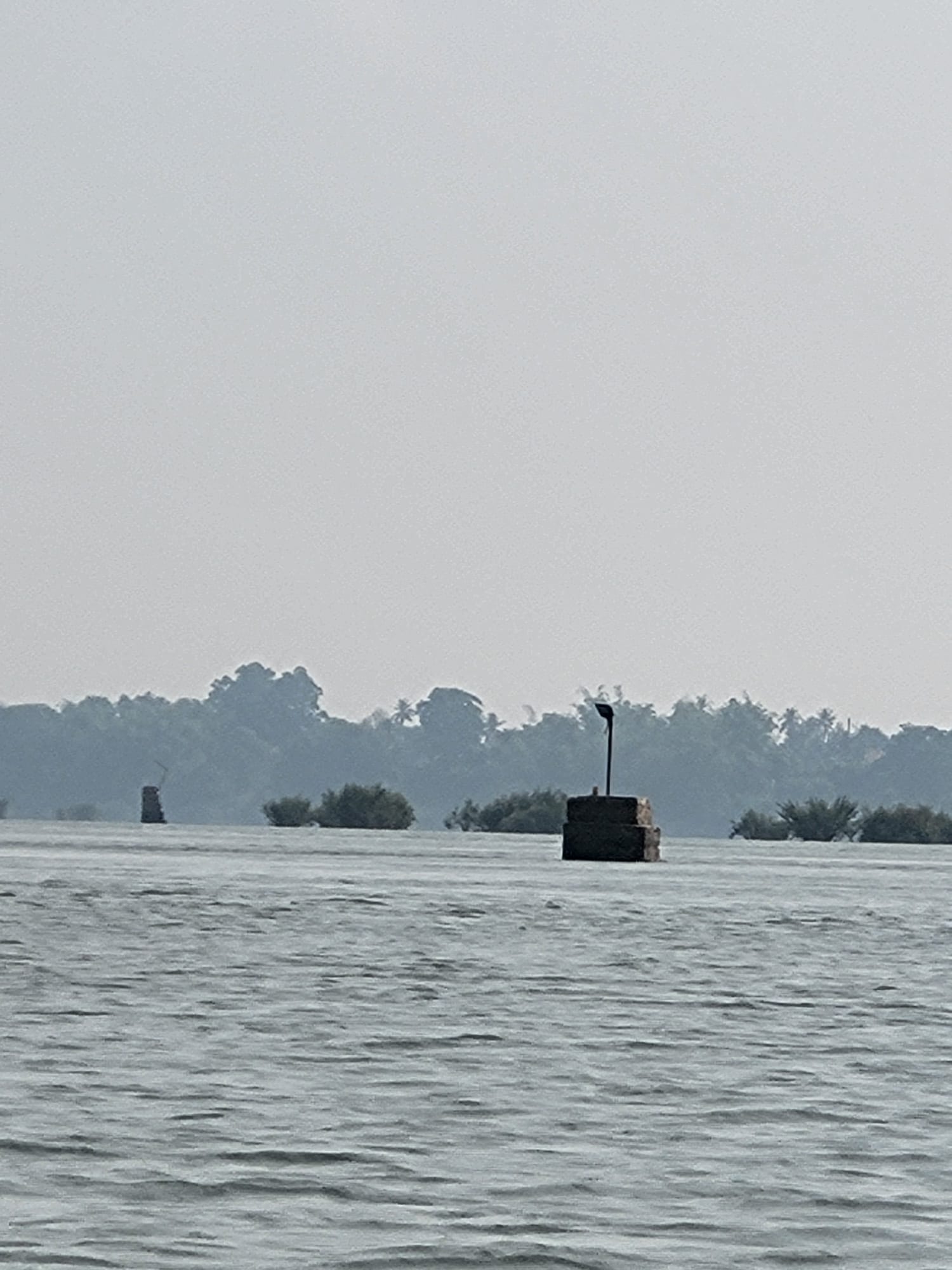
After breakfast, we hopped in the back of a truck next to our kayaks and went to the drop-off point. From the back of the trunk, we had a quick view of how the people live in the countryside.
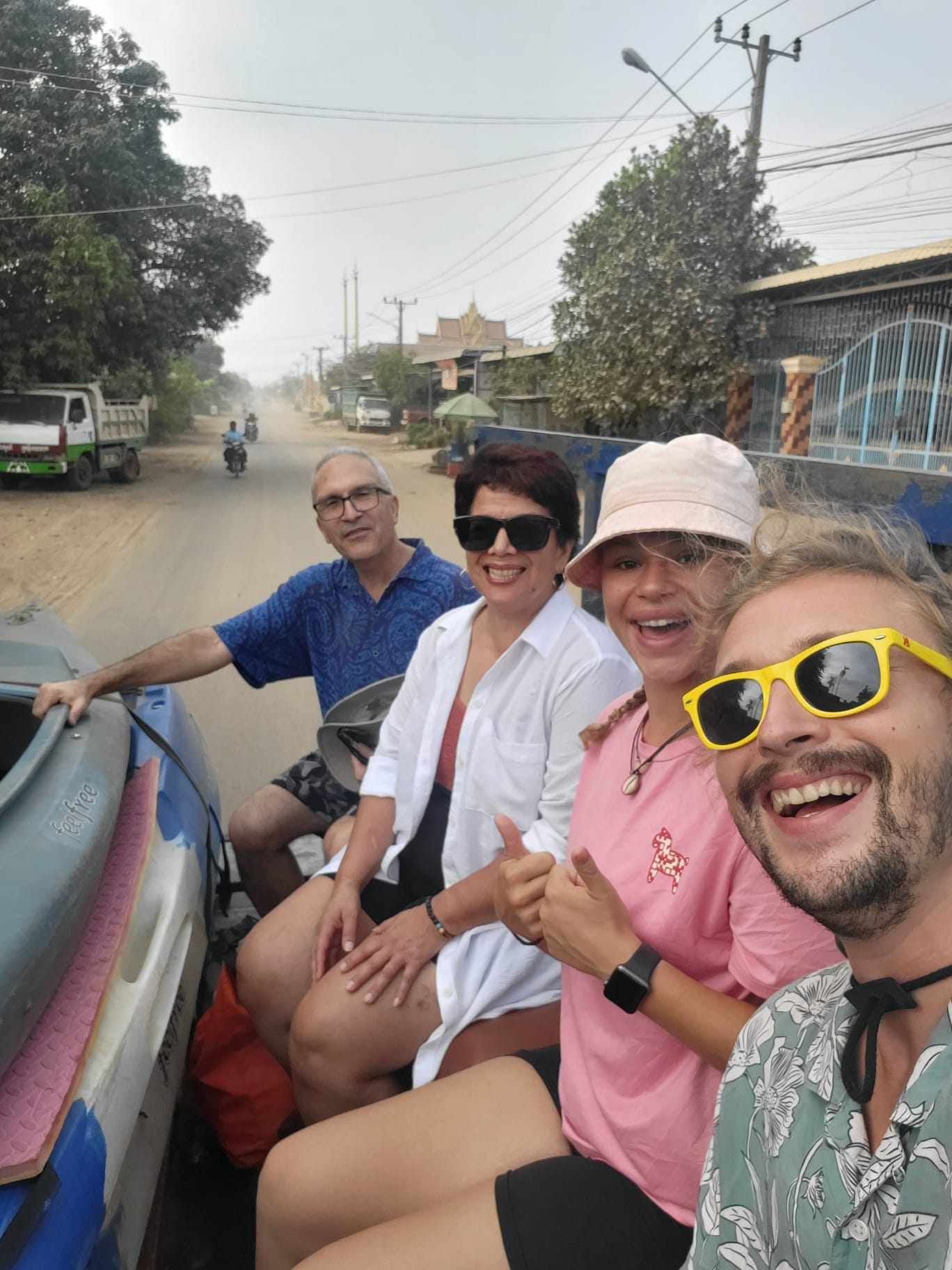
Once in the water, I could really feel the strong current pushing and pulling the kayak around. I noticed small whirlpools forming in the water, marking the strong currents and threatening waters.
First, we had to cross the river, fighting against the current. This was actually quite heavy, to begin with. It's a large body of water to cross, with a strong current. Once we reached the other side, marking the beginning of the flooded forest, we had some spots with fewer currents luckily. This made it a bit easier to peddle on.
The flooded forest
As the name predicts, is the flooded forest, a forest that gets flooded every rainy season, and every dry season, when the water level decreases, resurfaces. It exists out of countless small islands where we got to peddle through. We saw countless birds and fish in the water.
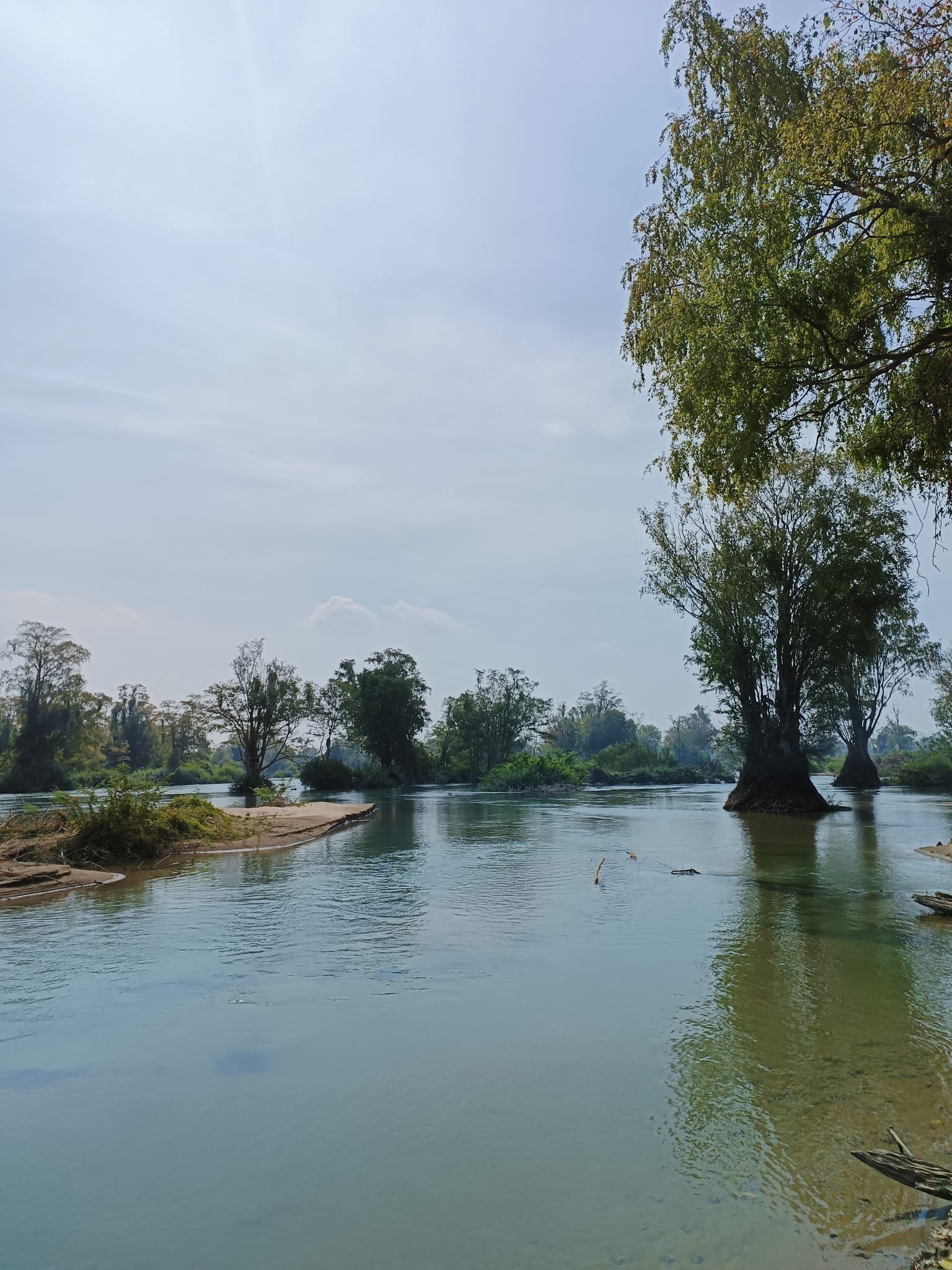
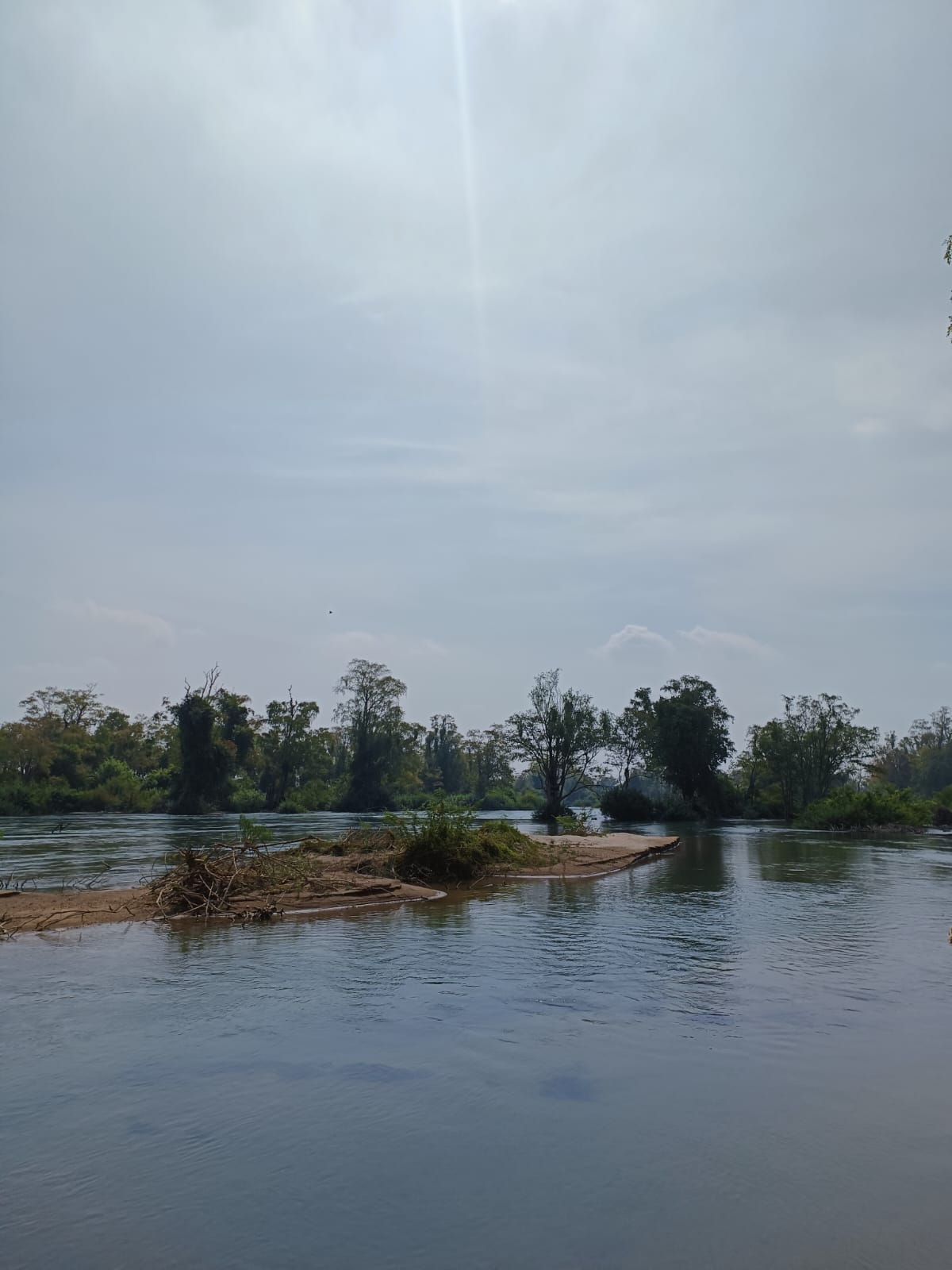
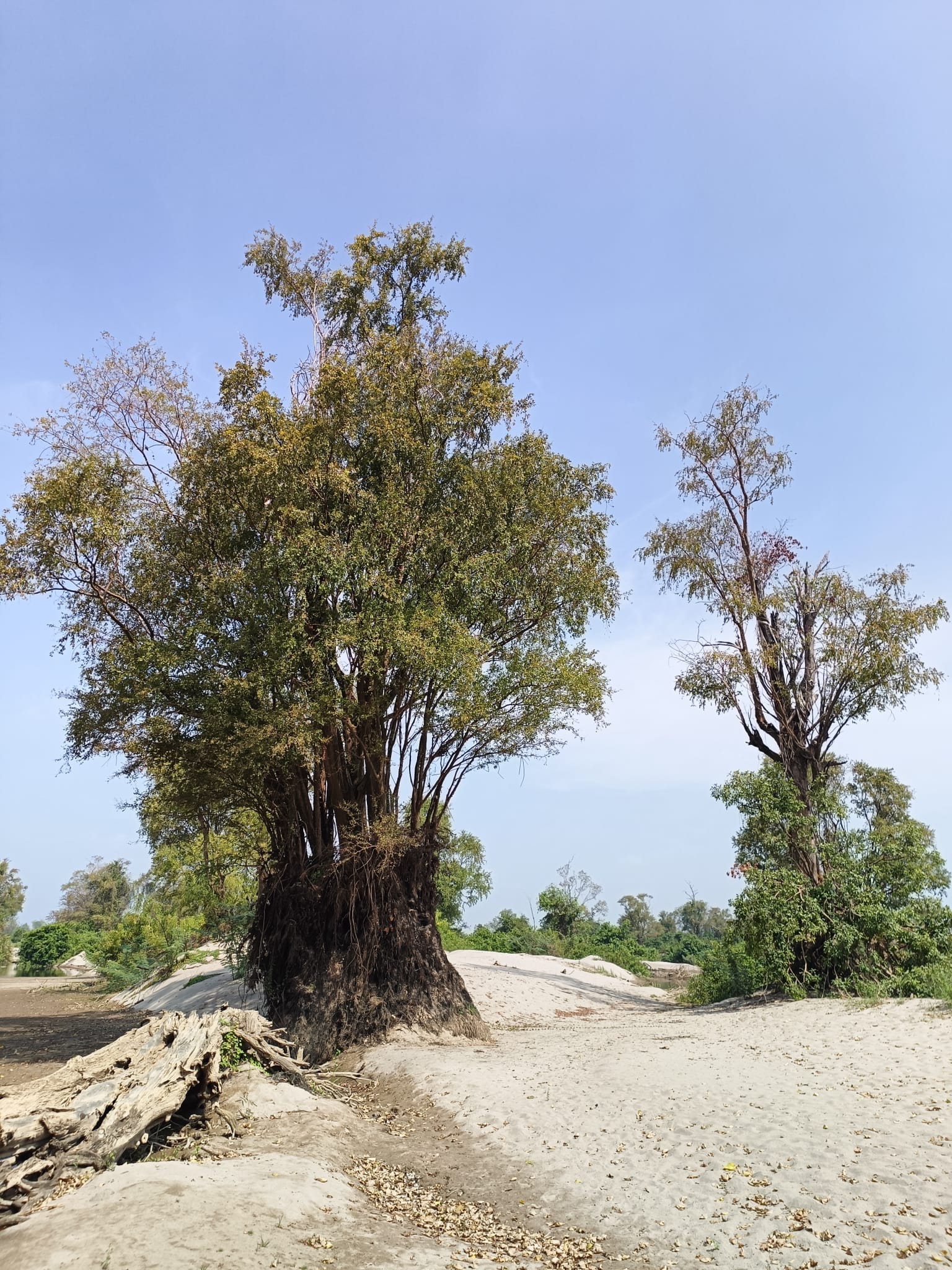
Before leaving this scenic area, we stopped in a small bay and had the opportunity to swim in the river. The current was so strong! It amazed me every time! There were a lot of fish swimming around us in the river. After 20 minutes, we got a traditional sticky rice-bamboo snack. The guide also brought us some bananas. He picked one banana, put it on a stick, and put the stick erect in the water. The fish were startled at first but came soon enough to snack and eat the banana. So after seeing this, I wanted to try it out myself of course! I took some sticky rice, put it on my finger, and stuck my finger in the water. Again the fish were startled, but sure enough, they came and ate the rice from my finger! A wholesome experience.
Whilst eating the rice and bananas, we got some more information about the special kind of dolphins that inhabit the river.
The endangered Irrawaddy dolphins
The Irrawaddy dolphin, a species of freshwater dolphin, was once common in the whole of the lower Mekong but is now very rare, with only 85 individuals remaining. The last ecologically intact and 180-km long section in North Eastern Cambodia. This stretch of the river is the last refuge for the remaining Mekong dolphins and is one of the 35 WWF priority conservation areas across the globe.
The Irrawaddy is a shy, small dolphin that is dark grey with a paler belly, a small rounded dorsal fin, and a bluntly rounded head. It can reach lengths of 2.75m, weighs up to 150kg, and normally lives in groups of up to 6. The Irrawaddy dolphin is one of only 3 whale and dolphin species that occupy both fresh and marine waters.
Irrawaddy dolphins were once found throughout the Mekong from the Lao-Cambodia border down the Mekong to the delta in Vietnam and in Tonle Sap. The population and range of the dolphins have declined greatly in the last 39 years. During the dry season from January to May when water levels fall, the population is concentrated in nine deep water pools in a 190km stretch of the Mekong north of Kratie to the Lao border. While these pools provide a safe habitat for dolphins to rest and forage, such congregations also make dolphins vulnerable to fishing activities. In the wet season dolphins are occasionally seen south of Kratie. The dolphins usually get 30 years old.
Dolphin spotting
We've seen multiple dolphins, a family of 5 with a calve, and some other small groups. In total, I think we've seen close to 10 dolphins! The guide told us that the different groups communicate and even negotiate with each other!
The dolphins are very shy, so we saw them most of the time from a distance, but occasionally they swam a bit closer to our kayak. They have such awkward faces! It was an amazing experience! After more than an hour peddling upstream and downstream on the Mekong River, searching for the dolphins, we went back to shore. We literally had to climb up a hill with the kayaks to get back to the street. That marked the end of this amazing experience.
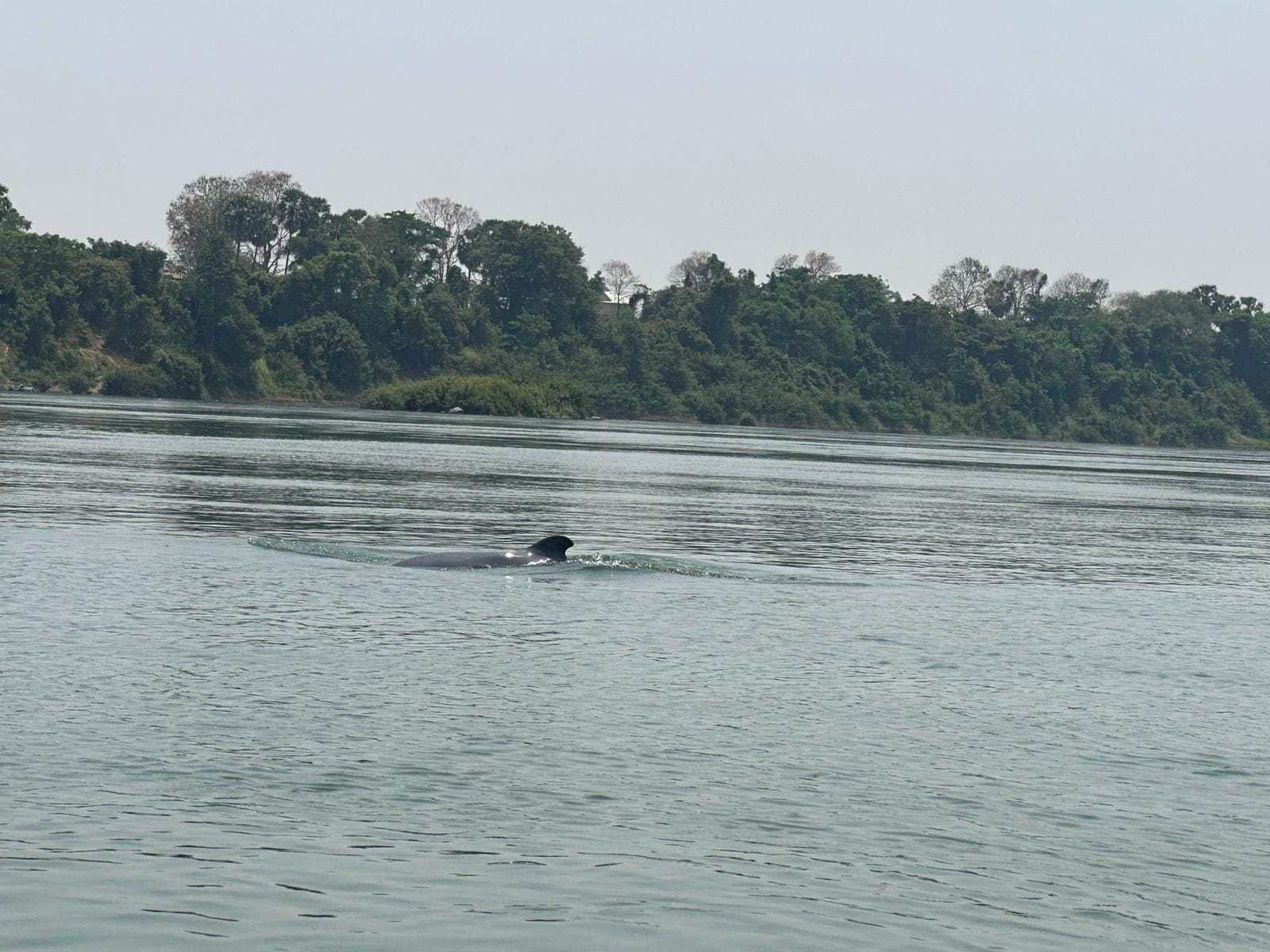
Back in the city, we walked around the city some more, off the normal roads, getting lost in the sandy roads and just taking it easy after an intense day. For lunch, we went back to the one restaurant from the day before, the meals there were delicious!